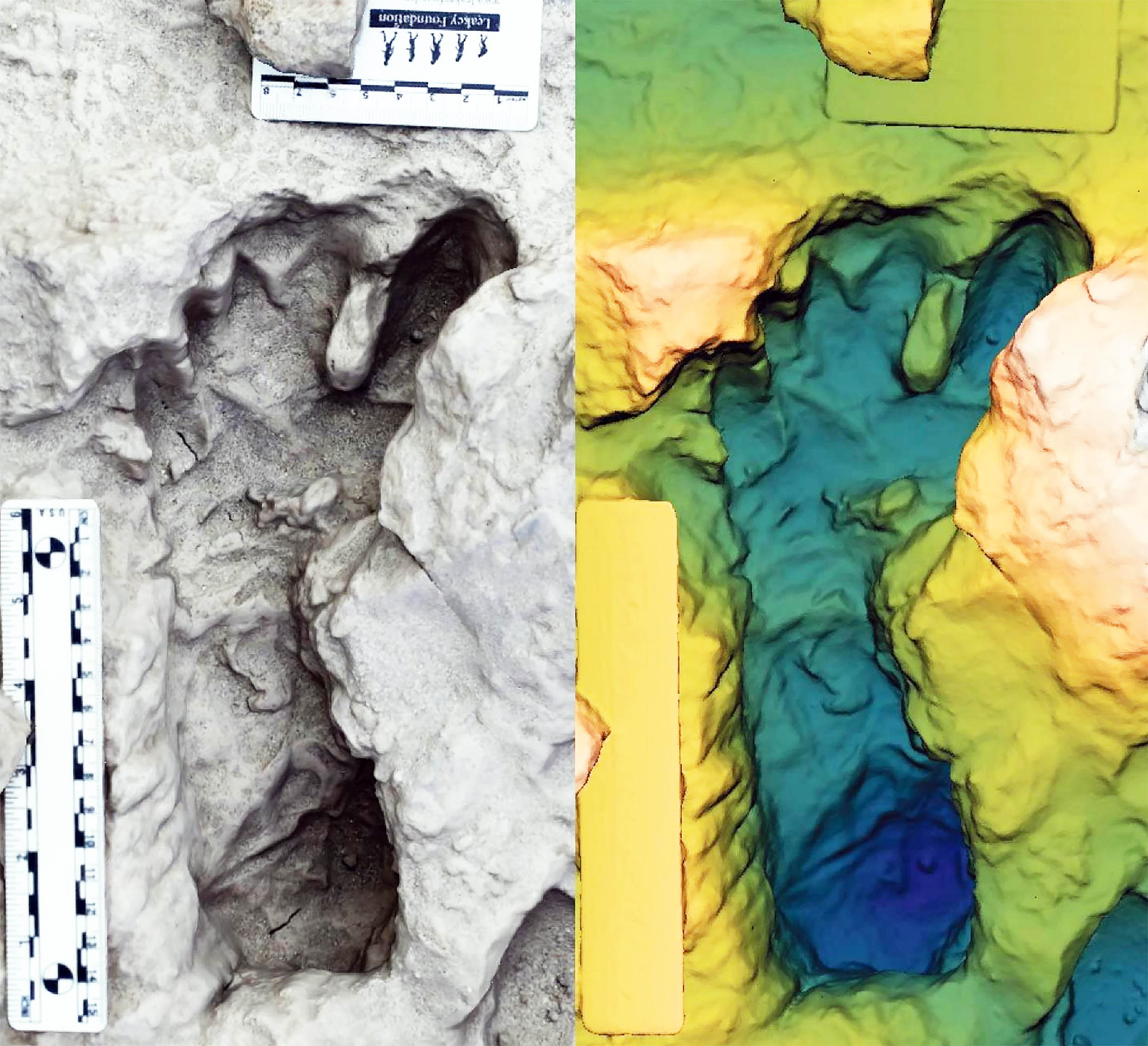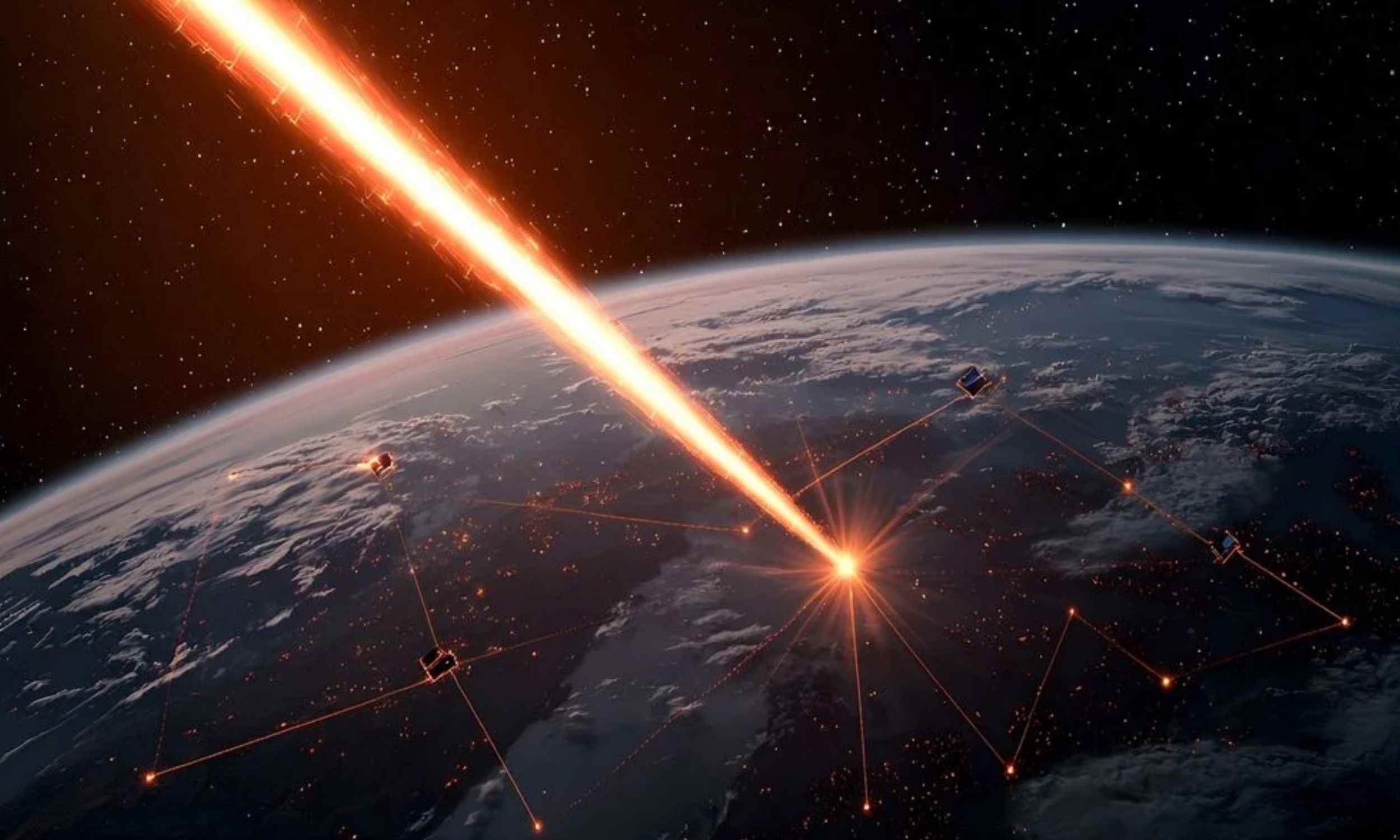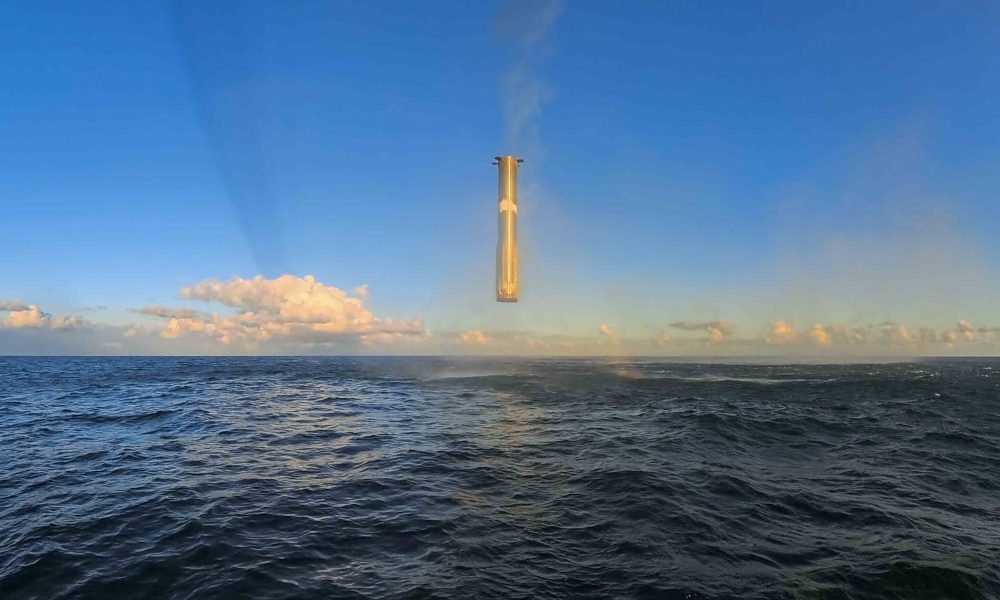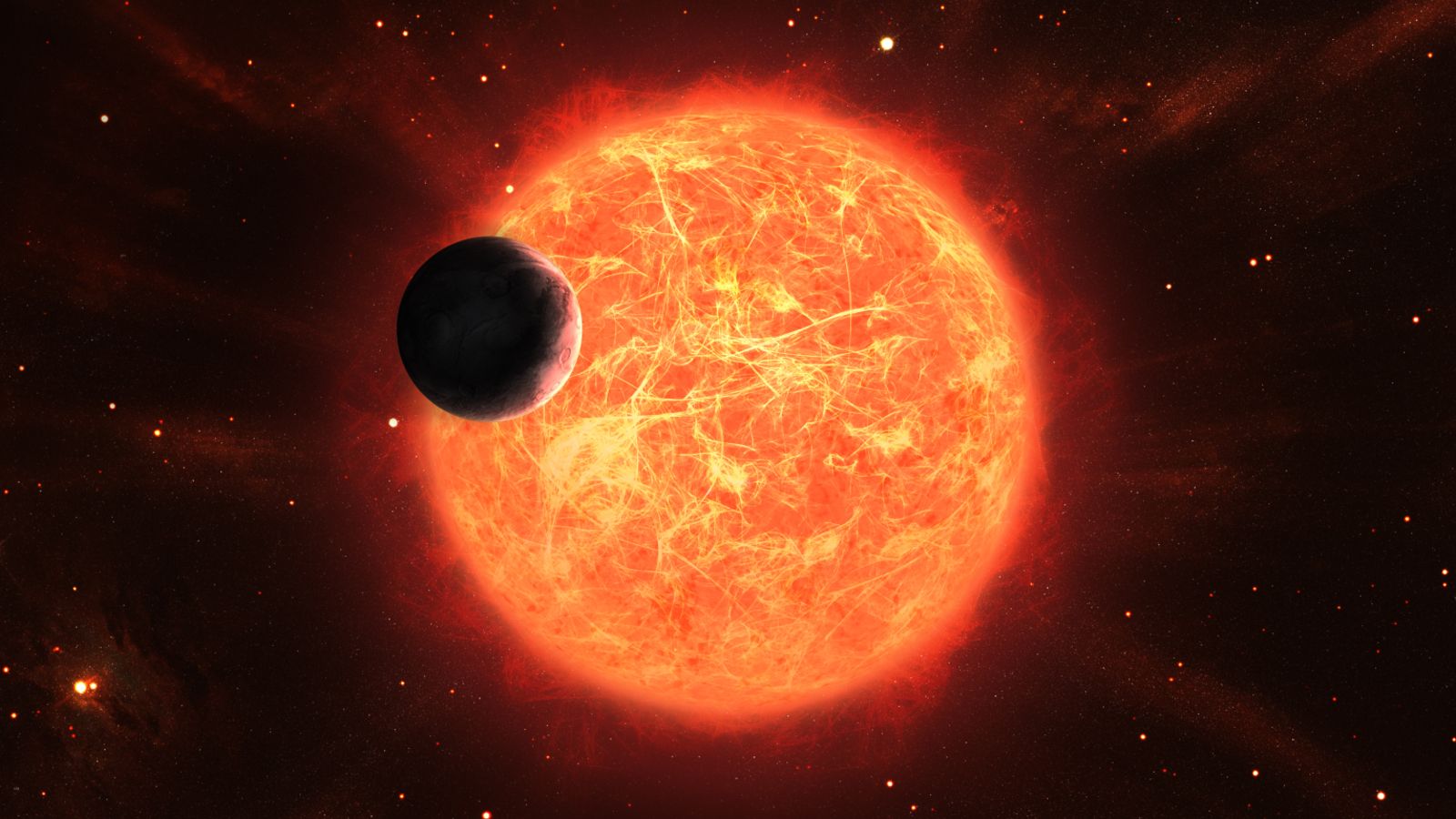Unbelievable Discovery: Black Holes Tear Apart Stars Far From Galaxies!

Imagine a black hole, not lurking at the heart of a galaxy, but dangling out there in the cosmic void, ripping stars to shreds like a child tearing apart wrapping paper on Christmas morning. For the first time ever, scientists have observed a tidal disruption event (TDE) taking place outside the central region of a galaxy. This groundbreaking revelation not only changes our understanding of supermassive black holes but also opens doors to questions we never thought to ask about the universe!
This remarkable discovery was made by an international team led by Dr. Itai Sfaradi and Prof. Raffaella Margutti from the University of California, Berkeley. Their research involved stellar collaborators worldwide, including Prof. Assaf Horesh from the Hebrew University of Jerusalem. Together, they identified the first TDE that produced bright radio signals far away from a galaxy's nucleus—something that will surely make scientists rethink the behavior of black holes.
Dubbed AT 2024tvd, this event displayed the fastest-changing radio emissions ever recorded from a black hole feasting on a star. Dr. Sfaradi, the lead author of the study, exclaimed, “This is truly extraordinary! Never before have we seen such bright radio emission from a black hole tearing apart a star, away from a galaxy's center, and evolving this fast. It changes how we think about black holes and their behavior.” The excitement in the scientific community is palpable!
What’s even more fascinating is the location of this black hole, a staggering 2,600 light-years from the center of its host galaxy. This discovery provides strong evidence that supermassive black holes can exist in unexpected and previously overlooked positions across the universe.
The detailed observations were made possible by some of the world’s top radio telescopes, including the Very Large Array (VLA), ALMA, and the Arcminute Microkelvin Imager Large Array (AMI-LA) in the UK. The AMI observations, crucial for revealing this rapidly evolving radio emission, showcased two distinct flares that changed faster than any TDE ever observed. This suggests that black holes might not only consume stars but can also eject powerful material bursts months after the destruction.
As Prof. Horesh, a mentor of Dr. Sfaradi, stated, “This is one of the fascinating discoveries I've been part of.” This achievement not only highlights the capabilities of young scientists but also reinforces Israel’s role on the global astrophysics stage. The findings were published in The Astrophysical Journal Letters, marking a significant milestone in our understanding of black hole phenomena. Prepare for a scientific revolution as we delve deeper into these mysteries!

























